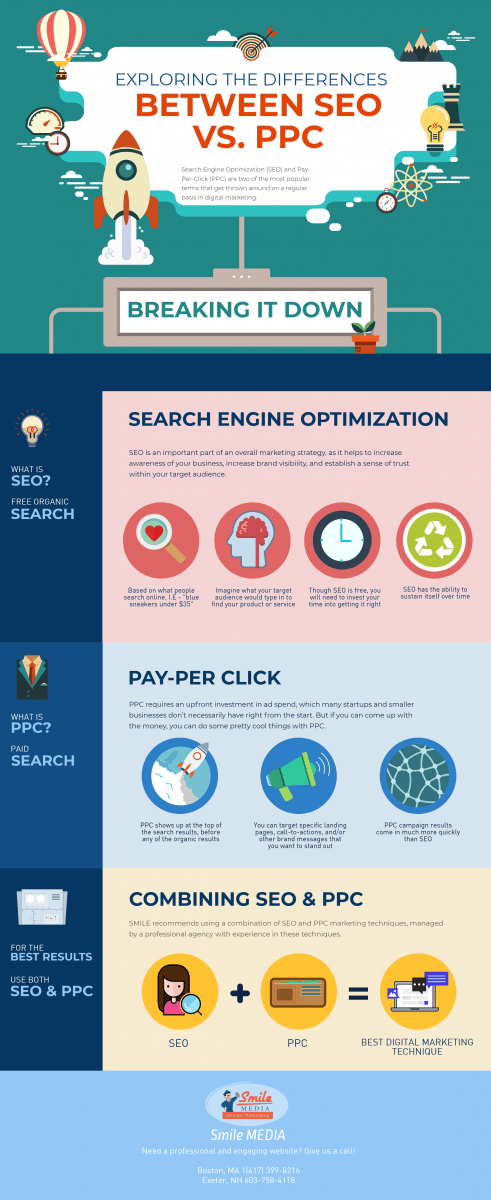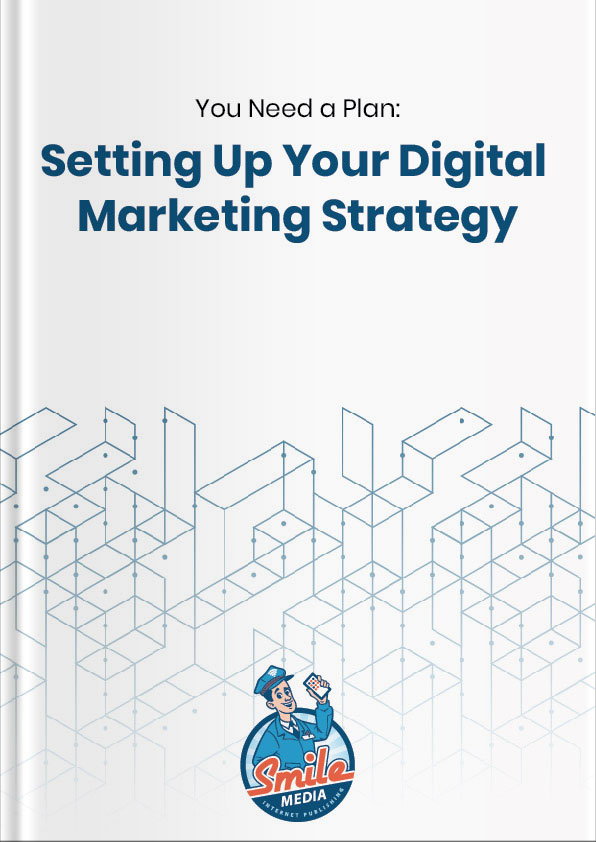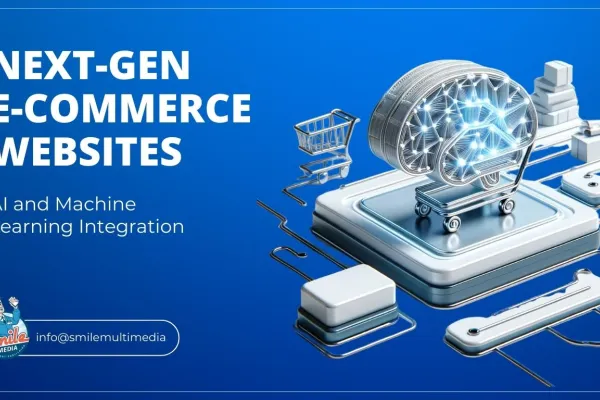What are the Differences Between SEO and PPC?
Of the many buzzwords and acronyms associated with the latest digital marketing trends, Search Engine Optimization (SEO) and Pay-Per-Click (PPC) are two of the most popular terms that get thrown around on a regular basis. Sometimes one is confused with the other, and other times they are lumped together as meaning the same thing – which is not the case.
SEO and PPC are two distinct marketing techniques, with a common goal of increasing the number of visitors to your website. Let’s take a look at the differences between them, and how they can work together for best results.
Defining the Basics of SEO
SEO is an important part of an overall marketing strategy, as it helps to increase awareness of your business, increase brand visibility, and establish a sense of trust within your target audience. The simple purpose of SEO is to increase organic traffic, a term which refers to those visitors who reach your website by using a search engine and clicking on a listing vs. a paid ad. Organic visitors arrive on your website when their search terms (keywords) are deemed a close match to the content of your website.
One of the best aspects of SEO for many marketers and business owners is the fact that it is technically free. When users click on your search engine listing, you are not charged for every impression or click. However, the process of getting your website to rank higher in the search engines will require the investment of your time. At the same time, the return on investment is likely to be higher with SEO vs. paid marketing techniques, like PPC, for example.
Another great thing about SEO is its ability to sustain itself over time. While ongoing maintenance and consistent updates are required, long-term efforts don’t necessarily require a huge budget to maintain. However, when PPC marketing is applied along with SEO, the impact of your efforts is often amplified considerably.
PPC Basics
PPC requires an upfront investment in ad spend, which many startups and smaller businesses don’t necessarily have right from the start. But if you can come up with the money, you can do some pretty cool things with PPC. With PPC ads, you can target specific landing pages, call-to-actions, and/or other brand messages that you want to stand out. Plus, they show up at the top of the search results, before any of the organic results.
One of the best features of paid search ads is that you can effectively reach a more targeted audience. You can also add high quality images to your PPC ads, which can help to increase the click-through-rate for a product or landing page. In addition, the time it takes to see results with a PPC campaign is typically much shorter than with SEO.
By testing different aspects of your PPC ads, you can find out what combination of messaging, call-to-actions, images, etc. gets the best results. In many cases, your PPC ad budget doesn’t need to be outrageous, as long as it’s well-managed. Otherwise, things can get out of control quickly.
Combining SEO and PPC
For best results, SMILE recommends using a combination of SEO and PPC marketing techniques, managed by a professional agency with experience in these techniques. If you’re considering working with a marketing firm in Boston, SMILE media is at your service. Contact us today to find out more about the services we offer.










